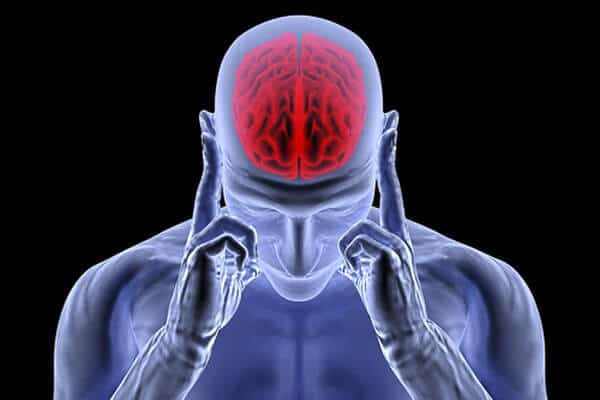Researchers at the University of California, Irvine have identified for the first time an imbalance in a key neural pathway that explains how some people reactivate negative emotional memories. The finding could help scientists unlock new ways to treat psychiatric disorders such as post-traumatic stress disorder.
The study, “Multiplexing of Theta and Alpha Rhythms in the Amygdala-Hippocampal Circuit Supports Pattern Separation of Emotional Information,” is published today in the journal Neuron.
For decades, scientists have viewed emotional memory as a double-edged sword: while the entire emotional event is highly memorable, details of the event are often fuzzy. This lack of detailed recollection may lead to faulty reactivation of negative memories. For example, if someone is bitten by a dog, he or she may become anxious around dogs of all breeds and sizes. Understanding the nature of emotional memory could have implications for the treatment of PTSD and other mental disorders.
“Emotion exerts a powerful influence on how vividly we can remember experiences,” said co-senior author Michael Yassa, professor of neurobiology & behavior, UCI School of Biological Sciences; professor of neurology and psychiatry, UCI School of Medicine; and director of UCI’s Center for the Neurobiology of Learning & Memory. “However, studies in humans have shown that the impact of emotion on memory is not always positive. In many cases, emotional arousal can impair a person’ ability to differentiate among similar experiences.”
This neural computation is critical for episodic memory and is vulnerable in neuropsychiatric disorders, Yassa said.
According to this new study from UCI, an imbalanced communication between the brain’s emotional center, the amygdala, and its memory hub, the hippocampus, may lead to the failure to differentiate negative experiences that have overlapping features. On the other hand, a balanced dialogue between the amygdala and the hippocampus allows one to separate overlapping emotional experiences and make distinct memories.
Further, two types of brain rhythms – a faster (8 cycles per second) alpha oscillation and a slower (4 cycles per second) theta rhythm – diametrically regulate communications between the amygdala and the hippocampus. Overamplified alpha rhythms from the amygdala to the hippocampus lead to faulty extrapolation of memories among similar experiences while balanced theta rhythms between the two brain regions promote correct discrimination and accurate recall.
“The teamwork between the amygdala and hippocampus is like a yin and yang and may be the key to disentangle overlapping emotional experiences and to overcome overreactions in a similar situation,” said Jie Zheng, a UCI alumnus and the study’s first author.
“Our findings provide a neural mechanism underlying this phenomenon and propose a circuit-level framework for possible neuropsychiatric therapy, such as deep brain stimulation, transcranial alternating current stimulation, and transcranial magnetic stimulation,” said Dr. Jack J. Lin, co-senior author and professor of neurology, UCI School of Medicine, and professor of biomedical engineering, UCI Henry Samueli School of Engineering.
Measurements were collected from electrodes implanted by UCI Health neurosurgeons in seven patients with medication-resistant epilepsy as part of an assessment of their seizure activity. Electrode placement was guided exclusively by these patients’ clinical needs, Lin said.
This work was supported by several grants from the National Institutes of Health: NINDS R37NS21135, NIMH R01MH102392, NINDS T32NS45540, as well as support from the UCI School of Medicine and the Roneet Carmell Memorial Fund. The authors wish to express their appreciation to these patients and the staff of the UCI Health Epilepsy Monitoring Unit.

